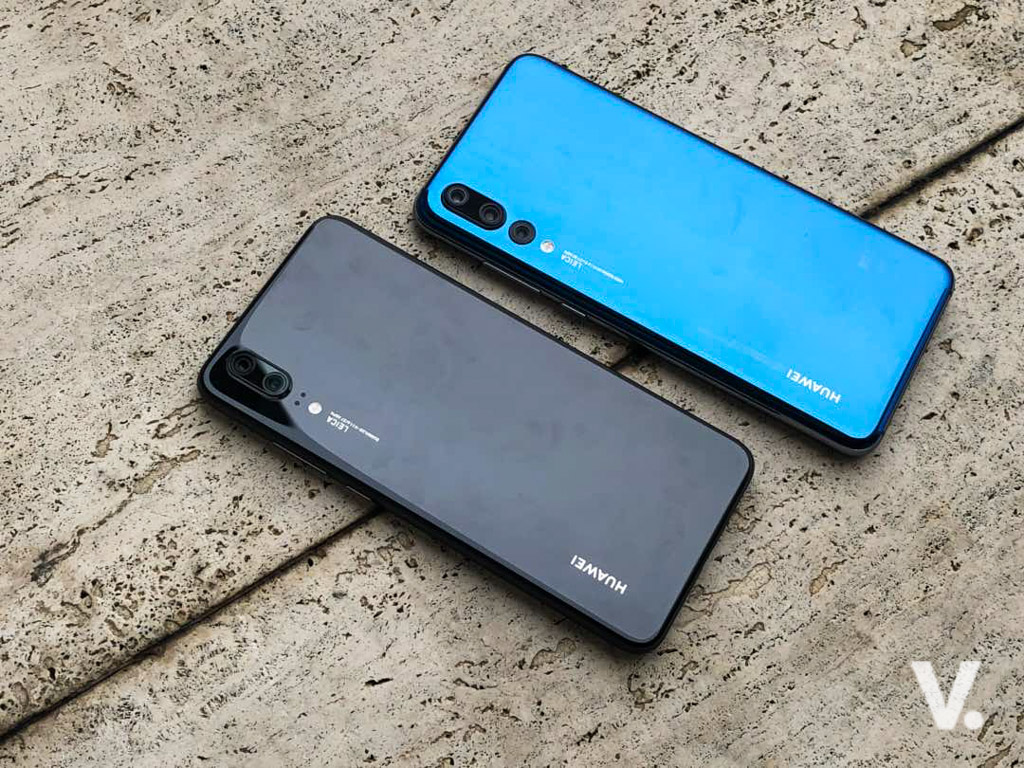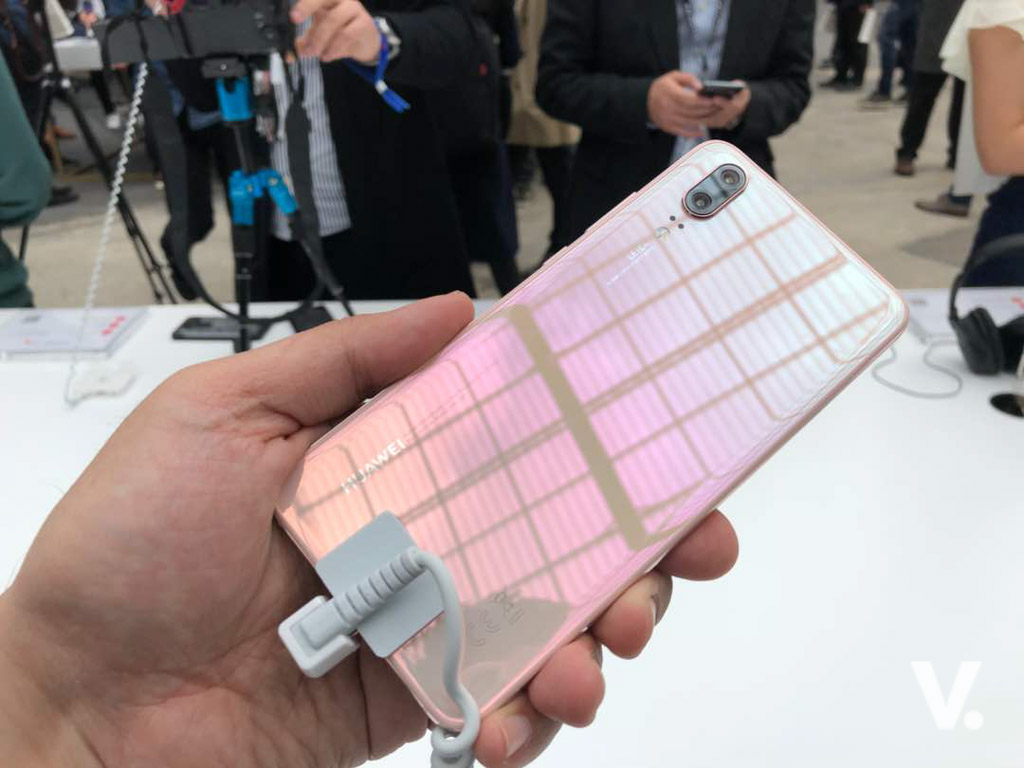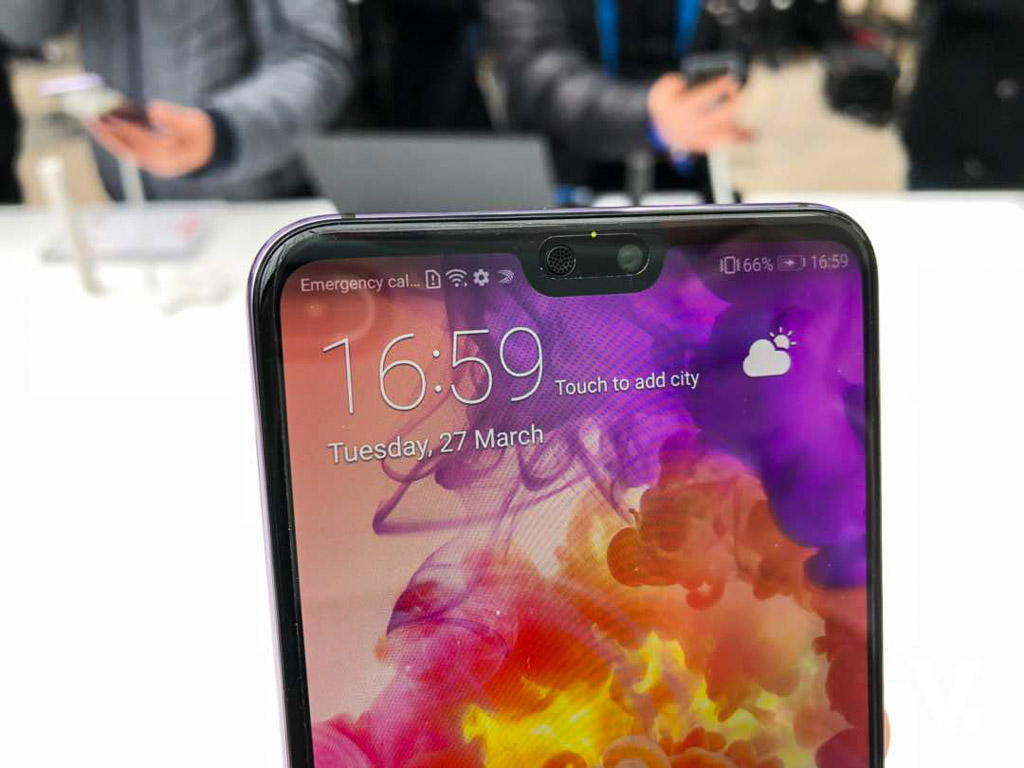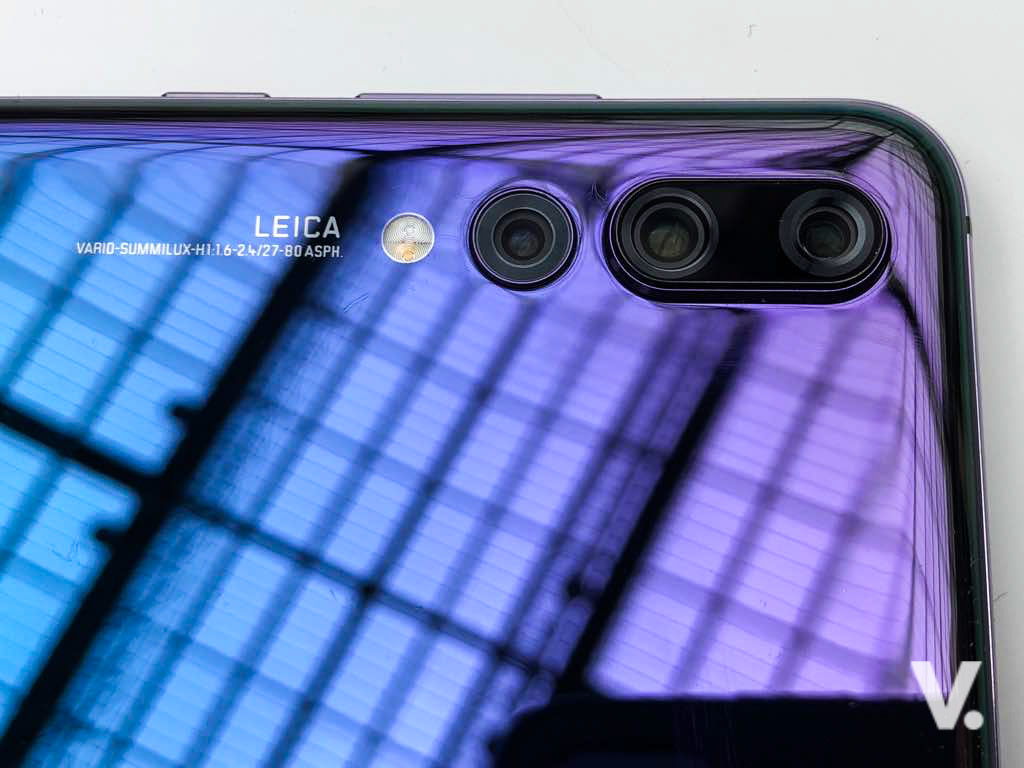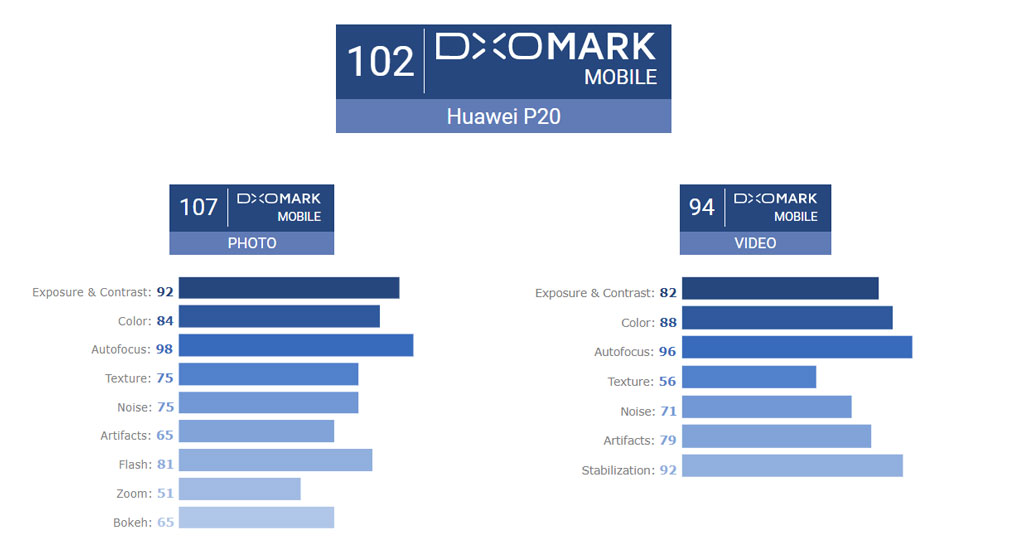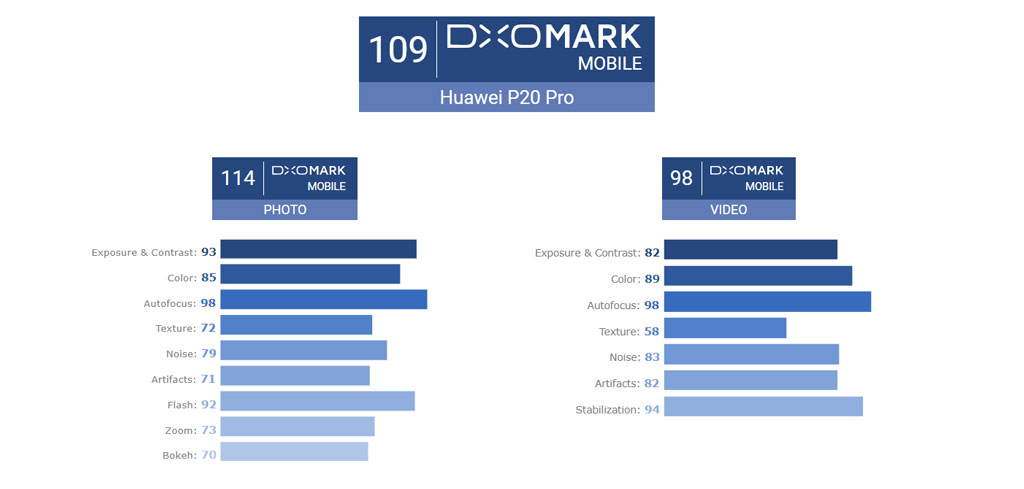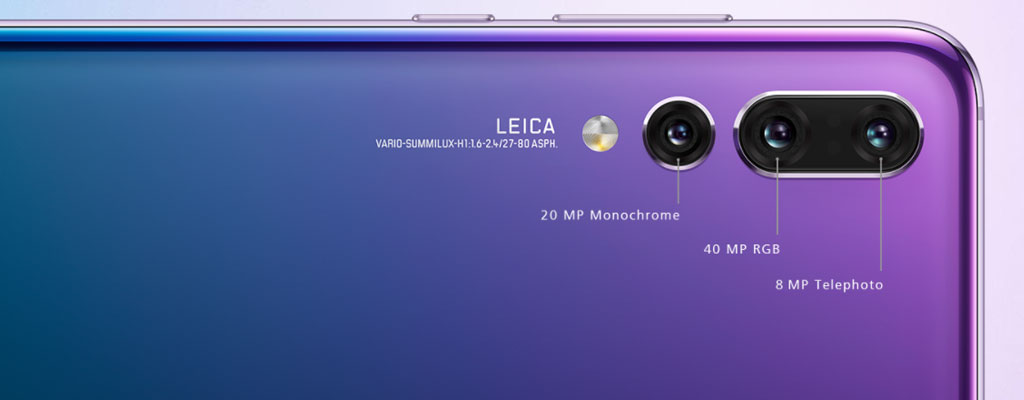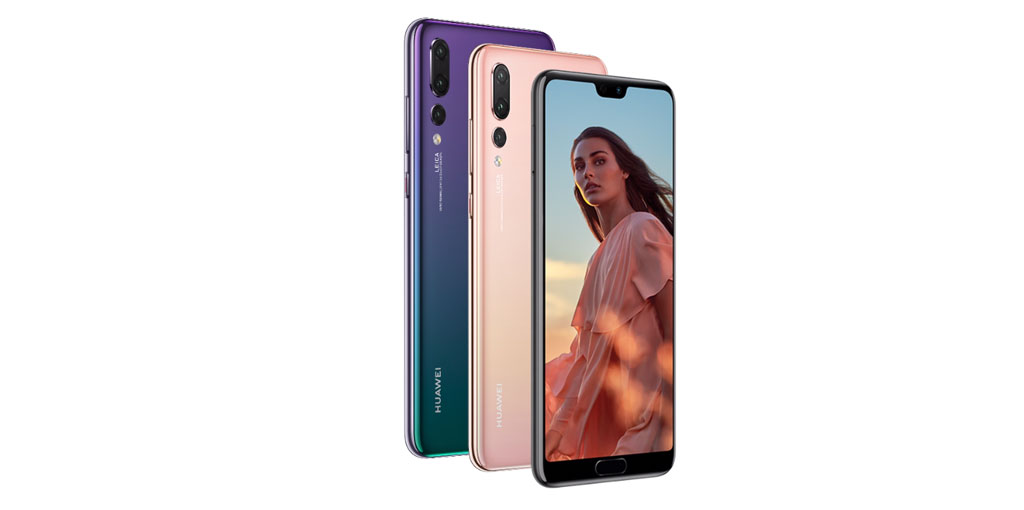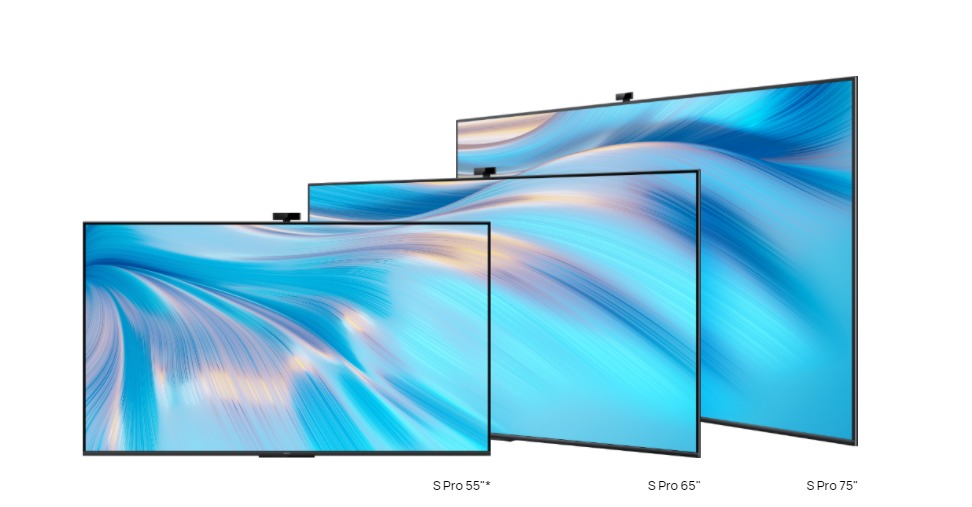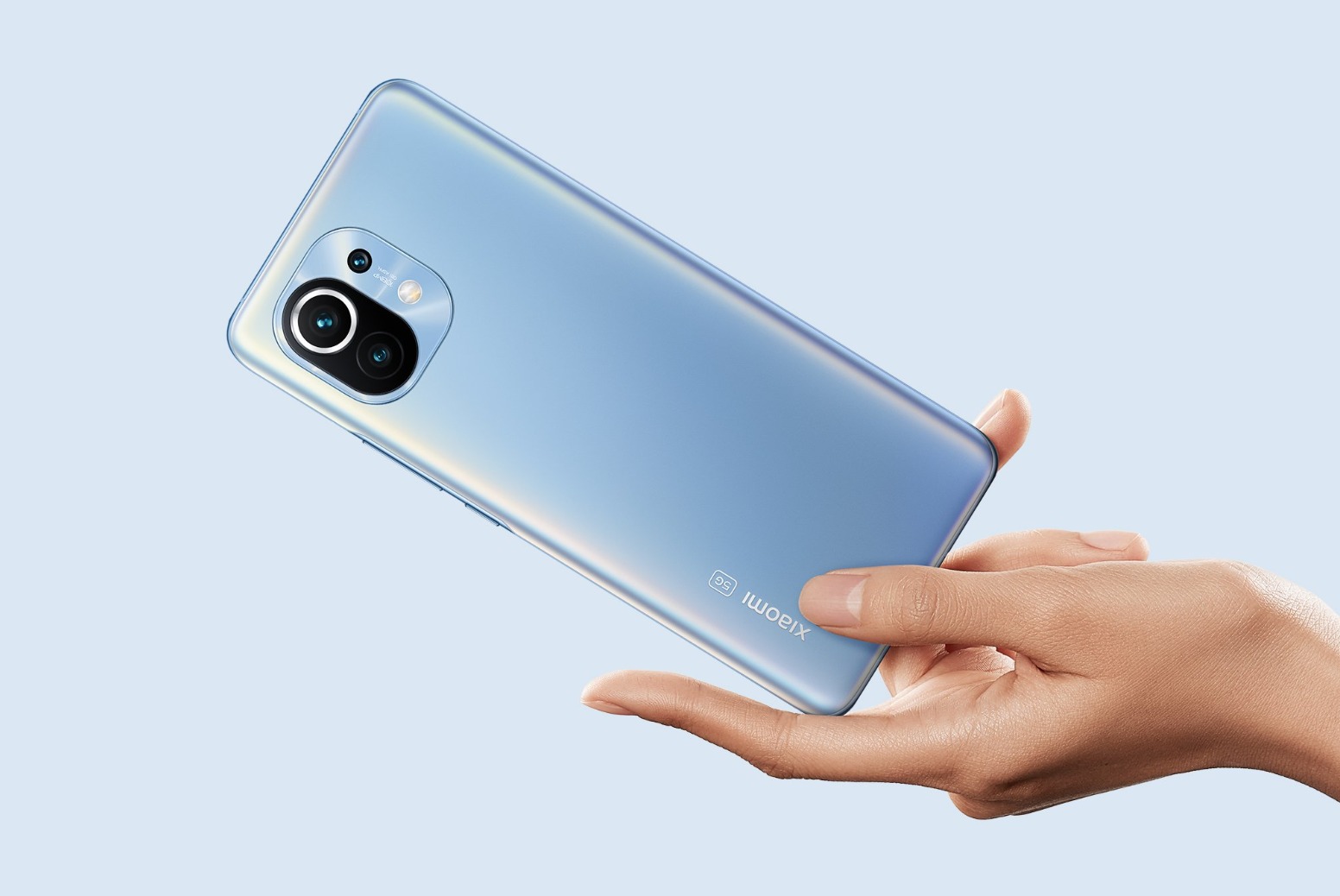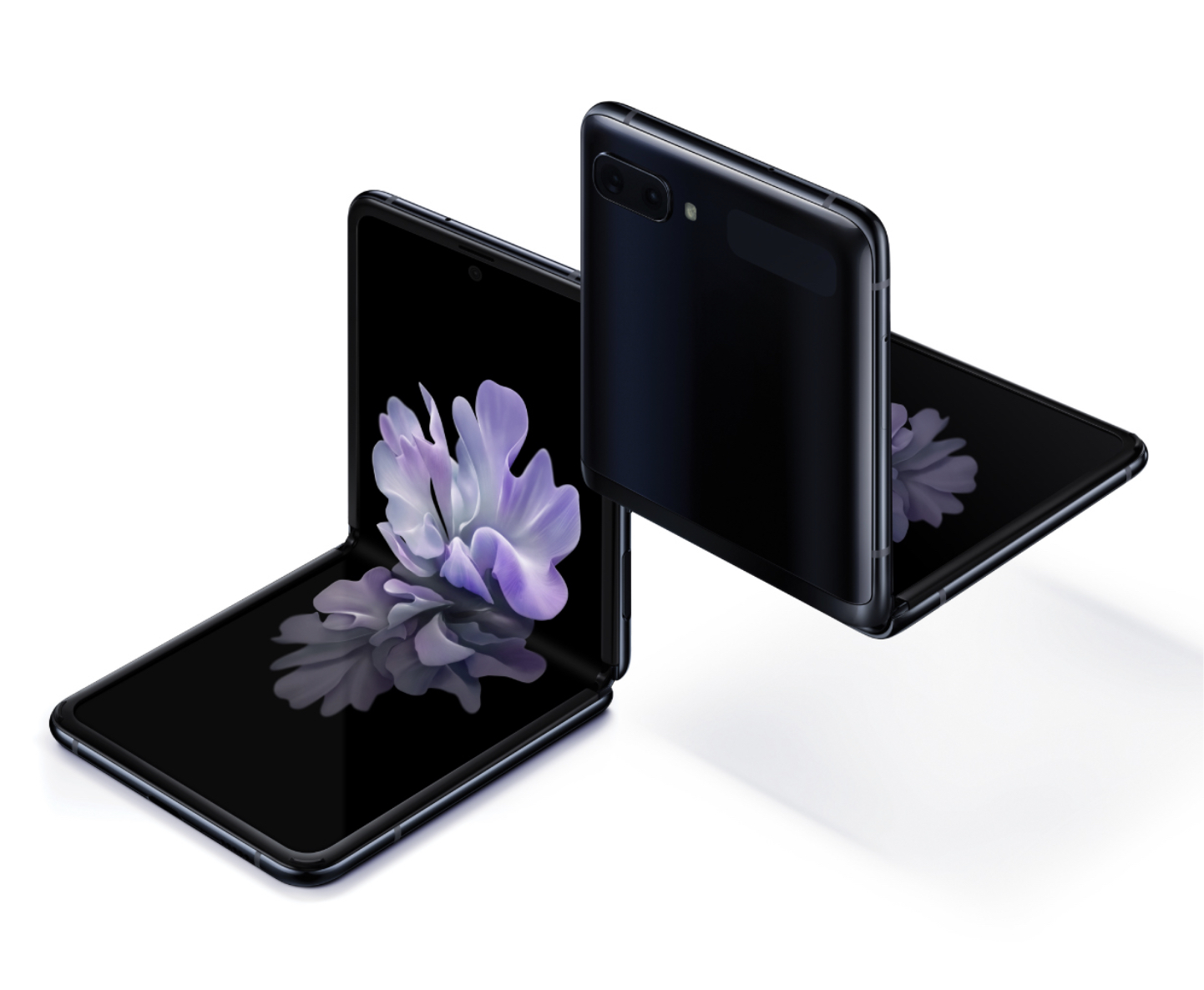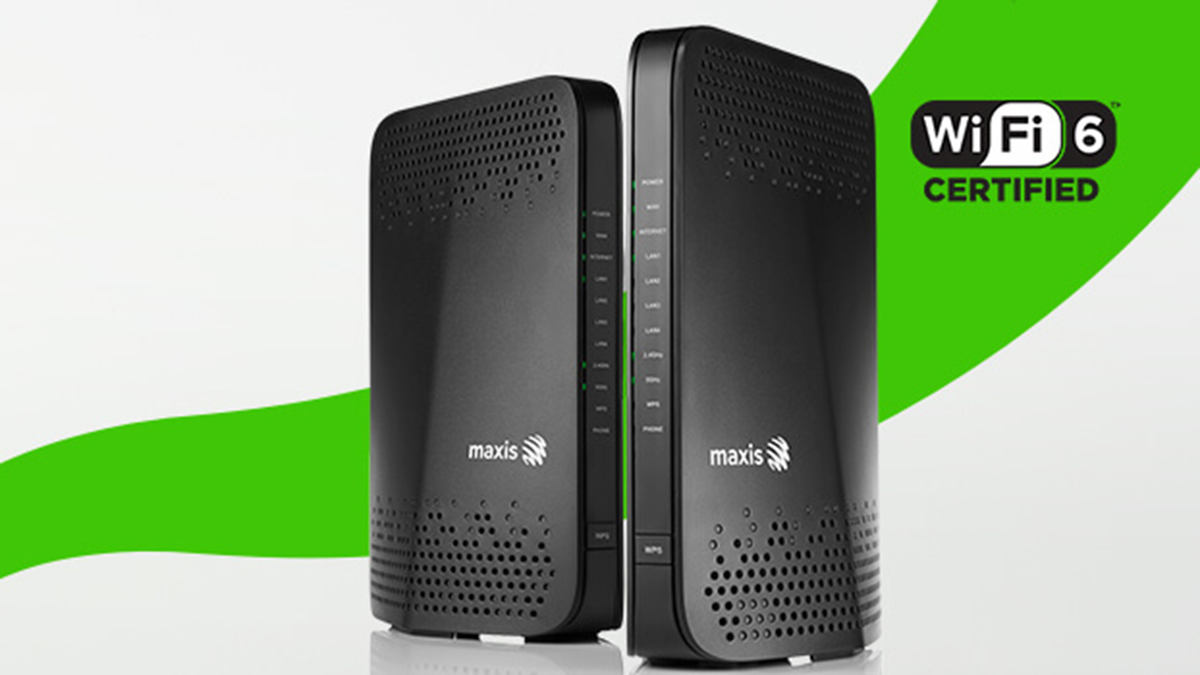Huawei’s P series of smartphones has always been centred on one thing: photography. At a lavish event in Paris, the Chinese tech giant unleashes its greatest photography-centric phone portfolio yet—the Huawei P20, P20 Pro and the surprise Porsche Design Mate RS.
Rumours and leaks have been rife for several weeks leading up to the launch. It doesn’t change a thing though. The P20 and P20 Pro are stunning, and they set a new benchmark in smartphone photography. Move over, Samsung and Apple.
Let’s take a dive into what makes the new P20 and P20 Pro stand out.
Twilight, I love you
First up, let’s talk about design and build because it’s the very first thing you’ll see and touch. The P20/P20 Pro ditches the all-metal unibody from its predecessor, much like the new Huawei Mate 10 series. It’s now a stunning fusion of glass and metal.
There are four colour options: Twilight, Pink Gold, Midnight Blue and Graphite Black.
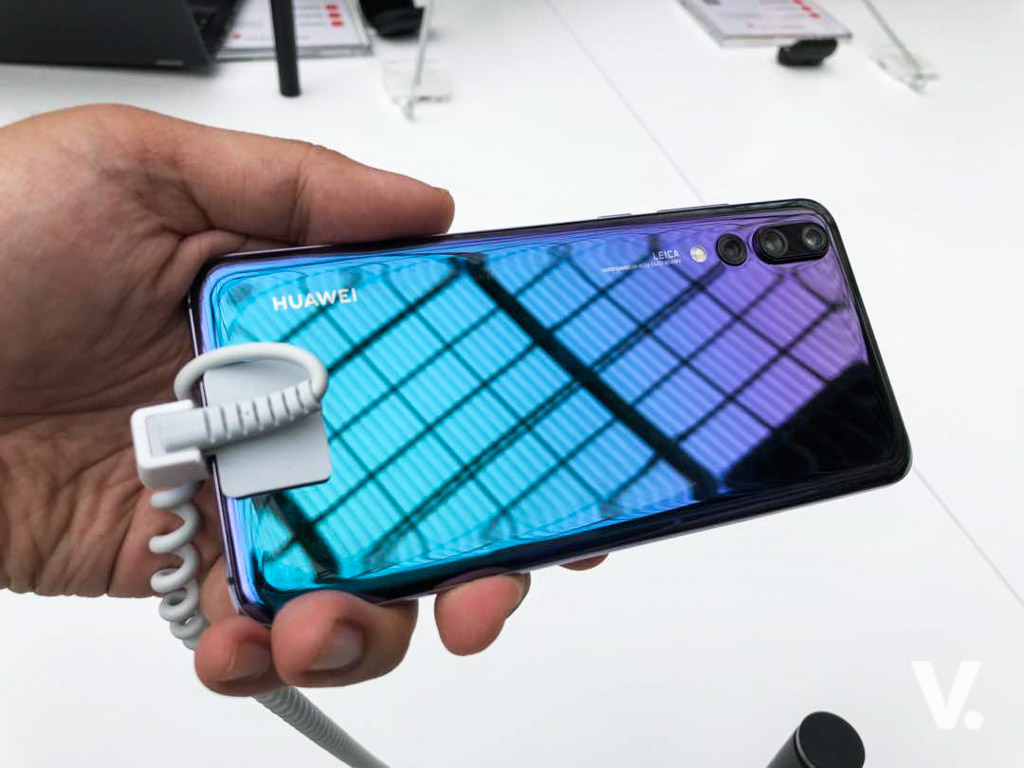
But let me tell you, Twilight is quite something else. The hues move from purple to blue to green depending on the surrounding light and angle.
There’s absolutely nothing quite like it in the market today. Kudos to Huawei for thinking out-of-the-box.
I know most of you (like me) would likely slap on a protective case on it, but just so you know, it’s amazing regardless.
Build quality is on par with current flagships like the Galaxy S9, although Huawei claims it has the edge. Having played around with it briefly, I’d beg to differ. There’s still minute areas which can still be smoother and better. It loses out to the iPhone X and 8 Plus in that respect, but only just.
By the way, the P20 Pro offers IP67 dust- and water-resistance like the iPhone 8/8 Plus/X. The P20, however, only has IP53-rated splash-resistance.
Top hardware
The P20 rocks a 5.8-inch FullHD+ (2244×1080) “FullView” RGBW LCD display while its more expensive sibling gets a larger 6.1-inch FullHD+ (2240×1080) OLED display. Both displays are based on a 18.7:9 screen ratio which is slightly wider than the Galaxy S9’s 18.5:9 screen ratio.
Perhaps it’s not a surprise, both displays have a notch on the top, which Huawei emphasises is much smaller than the iPhone X’s.
There’s no fancy TrueDepth camera trickery though, just a standard front camera, speaker and cluster of sensors.
Under the hood, the P20 and P20 Pro share the same 10nm octa-core Kirin 970 processor which comes with a dedicated Neural Processing Unit (NPU). This is the same SoC you’ll find on the Mate 10 Series and the honor View10.
The NPU is the wizardry behind the devices’ AI and machine learning capabilities, which you’ll learn is more than skin deep.
In terms of memory and storage, the P20 gets 4GB of RAM and up to 128GB of onboard storage, while the P20 Pro comes with 6GB of RAM and 128GB of storage.
Though it’s no surprise, and a common sight nowadays, many will be disappointed that there’s no microSD expansion on both.
Also, there’s no 3.5mm analogue headphone jack, in case you were wondering. You’ll need to pair up Bluetooth headphones or use a USB Type-C to 3.5mm dongle. Fortunately, there’s a dongle in the box.
It’s incredible that Huawei has managed to squeeze in a 4,000mAh battery into the P20 Pro’s 7.8mm thin body. As a comparison, the Galaxy S9+ which is thicker, has a smaller 3,500mAh battery.
Meanwhile, the P20 measures just 7.62mm thick and packs a 3,400mAh battery.
In terms of audio, the flagship P20 Pro boasts a pair of stereo speakers with Dolby Atmos, while the P20 only gets a single down-firing speaker.
Both the P20 and P20 Pro are dual-SIM, dual 4G LTE devices, supporting dual VoLTE. They support download speeds of up to 1.2Gbps (4.5G LTE) with 4X4 MIMO.
Now that we have the nitty-gritty out of the way. Let’s talk about why we’re here.
The best camera in the world
The top-of-the-line P20 Pro is as cutting-edge as it comes in the optics department. When Huawei announced its collaboration with Leica with the P9, many were sceptical of the authenticity of the deal.
Was it pure marketing? Leica only by name?
It’s too late to get into that debate now because as it turns out, the collaboration has been fantastic for Huawei.
Yes, in a big way it has benefited from Leica’s brand but most of all, it translated to one important thing: simply a better camera experience.
If the P9 was good, the P10 better and the Mate 10 outstanding, then the P20 and P20 Pro will effectively blow you away.
And apparently it did, according to DxOMark. The P20 and P20 Pro are officially the best smartphone cameras in the world.
The P20 Pro killed it by a mile, scoring 109 overall while scoring a scorching 114 in Photo and 98 in Video tests.
Its little sibling the P20 too impresses, scoring 102 overall with Photo and Video scores of 107 and 94 respectively.
Their closest rival the Galaxy S9+ and Pixel 2 are up to 10 points lower overall. A testament of how great the camera is.
So, what makes the P20 and P20 Pro cameras great?
Firstly, it’s the first triple-camera setup with a 40MP sensor. Yes, you read that right. OK, so it loses out by 1MP to the then cutting-edge Nokia Lumia 1020, but that’s a story for another day.
The main 40MP f/1.8 RGB sensor is coupled with an 8MP f/2.4 telephoto and 20MP f/1.6 monochrome sensor. What’s incredible is the main sensor size of 1/1.78-inch on the P20 Pro, which is substantially bigger than the Galaxy S9+’s 1/2.55-inch and the iPhone X’s 1/2.9-inch units.
A bigger sensor simply means having a larger surface area to capture more light, hence better low light performance and less noise. The sensor on the P20 Pro captures approximately 20 percent more light than smaller sensors.
The P20 Pro incidentally can shoot with an ISO of up to 102,400. That’s unbelievable! That even shames some DSLRs out there in the market today. How good a quality a extreme high ISO image is remains to be seen, but having that capability right off the bat is outstanding.
The P20 doesn’t have the tri-camera setup, settling for a dual-camera system comprising a 12MP f/1.8 (RGB) + 20MP f/1.6 (mono) shooter.
Aside from the 8MP sensor with telephoto lens on the P20 Pro, none of the sensors have optical image stabilisation (OIS). They do however, have a proprietary software-based solution called AIS (AI Image Stabilisation).
AIS helps steady photo-taking and video-shooting and also enables impressive handheld long exposure shots without a tripod.
From demos and sample photos of long exposure shots, AIS does look impressive.
As we’ve seen on the Mate 10 and Mate 10 Pro, AI plays a pivotal role with the P20 and P20 Pro’s cameras too.
You’re not alone when you take photos. AI assists you in determining a scene based on your environment and shooting scenario. In total, there are 19 scene presets from food to macro to sunset, pets, fireworks, portraits, and more.
What’s also cool is 4D predictive focus. It works a lot like Sony’s predictive focus on the Xperia and Sony cameras. Subject tracking is excellent, ensuring the subject is in focus even when it is moving.
AI even helps in picture composition, it suggests how you should frame a shot before you click the shutter.
Finally, the P20 and P20 Pro also supports 960fps super slow-mo mode, somewhat of a rage right now. It works similarly to the Galaxy S9 but because of its unique camera setup and bigger sensor, it does much better in low light.
Like the Galaxy S9, it’s limited to 720p resolution and turns a 0.2-0.3s shot into a 10 second-long clip.
Huawei is also touting the zoom capabilities on the P20 Pro. Because it has a telephoto lens, it can give you 3X optical zoom and 5X Hybrid Zoom, aided by software. It can also do up to 10X Digital Zoom. Impressive.
What I’m a fan of is 3D facial illumination with AI assist. It works like Apple’s Portrait Lighting effects, only better. It’s better because you can adjust the angle, direction and intensity of the lighting after the photo is taken. No other phone can do this.
And by the way, the front camera on both the P20 and P20 is rated at 24MP, one of the biggest megapixel cameras in the market.
The front camera enables Face Unlock, which Huawei claims is twice as fast as the iPhone X and Galaxy S9+. It’s capable of doing 360-degree face unlock, even in the dark. Can’t wait to test this out.
The P20 and P20 Pro run EMUI 8 out-of-the-box, based on Android 8.1 Oreo.
Pricing and availability
The P20 is priced at EUR679/MYR3,231 while the P20 Pro will retail at EUR899/MYR4,278.
The latest P-series phones will hit Malaysia in April, with an official launch slated for 3 April.
Oh, have you watched the P20 video starring Gal Gadot? You should.
Photos by Alexander Wong | SoyaCincau
https://www.youtube.com/watch?v=CXfOZpe4Uww


